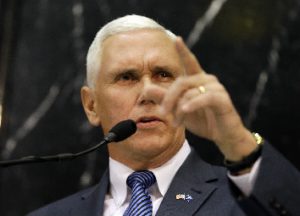Lawmakers slash funding for economic development plan
The Regional Cities initiative, an economic development proposal focused on Indiana’s struggling metropolitan areas, will come before the Senate with less than a quarter of the funding proposed by Gov. Mike Pence.


